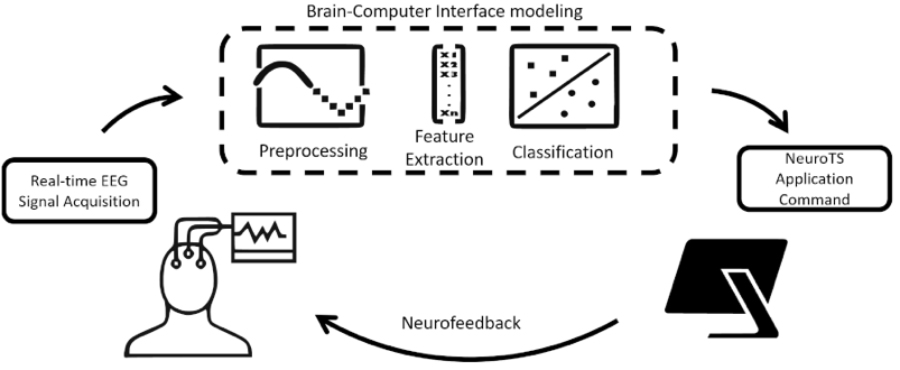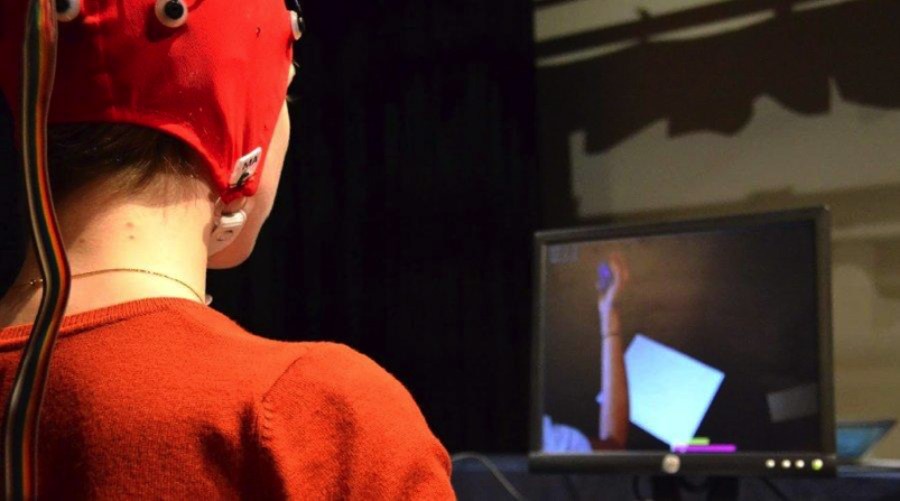PhD Top Stories
Aleksandar Miladinovic
Novel Brain-Computer Interface based procedures for motor neurorehabilitation in post-Stroke patients
Doctoral Programme in Industrial and Information Engineering
Despite current therapeutic and rehabilitative strategies, stroke remains one of the leading causes of mortality and disability in the elderly population worldwide. One of the most common deficits after ischemic stroke is hemiparesis of the contralateral limb, especially upper limb motor disability is present in 80% of cases in the acute phase and more than 40% in the chronic phase. The traditional neurorehabilitation treatments for motor damage in stroke patients, such as physical therapy and constraint-induced movement therapy, are based on techniques that aim to stimulate the use of the paretic limb. The underlying principle is that repetitive, active movements should induce mechanisms of cortical neuroplasticity, and improve the motor abilities of a subject. These techniques require some residual movement of the affected limb. The problem arises when the remaining motor functions of the patients after stroke are too low and when the time window of enhanced neuroplasticity early after stroke has been closed (i.e., chronic stroke stage).
In these cases, the neuroplasticity induced by this motor practice can be extremely limited. For this reason, in addition to the motor training, additional strategies to potentiate neuroplasticity of motor areas are needed. Furthermore, these strategies should be considered in early post-acute rehabilitation in which the brain’s dynamic response to injury is heightened and rehabilitation might be particularly effective. The ElectroEncephaloGram (EEG)-based Motor-Imagery (MI) brain-computer interface (BCI) systems (Figure 1) seem to be promising tools to promote motor recovery after stroke by exploiting the neuroplasticity phenomena induced on the motor cortex by the Motor-Imagery training. However, this promising tool has not been yet largely adopted due to different technical and practical usability issues which this PhD project aims to overcome.

Figure 1: Block diagram of closed loop BCI procedure.
In particular, the MI-BCI neurorehabilitation refers to the closed-loop detection of EEG MI Event-related desynchronization/synchronization (ERD/S) and its transformation via spatial filtering and machine learning techniques to the visual feedback presented to the subject in real-time. In this way, the subject becomes aware of the voluntary modulation of EEG oscillatory activity, and when coupled with the adequate stimulus and electrode settings, can target desired brain regions. Furthermore, such an approach creates a more controlled rehabilitation environment since the MI induced oscillatory activity can be also monitored to assess whether the patient performs the rehabilitation task correctly. However, due to anatomical differences and particularity of the stroke lesions, the precise spatial location of the electrode is hard to determine apriori. As in our study, this can be approached by using more electrodes on the broader area and by means of data-driven spatial-filtering techniques to find the optimal ones. Therefore, the study was conducted to identify the best BCI modeling approach for early post-stroke rehabilitation and to evaluate the feasibility of this advanced neurorehabilitation treatment in the clinical population.
To promote the development of the aforementioned techniques, a dedicated free repository has been created under https://github.com/miladinovic/BCILabTS where the demonstration of implemented BCI pre-processing and modeling/spatial-filtering techniques is available for further improvement and uses. Additionally, the stimulus presentation and data acquisition were performed by locally designed software “NeuroTS” available at https://github.com/miladinovic/NeuroTS. The NeuroTS allows both immersive stimulus presentation for calibration of the BCI system and feedback for online sessions.

Figure 2: Demo of developed BCI system. The Motor Imagery (simulation of motor movement) induced EEG activity is translated to the movement of the hand on the computer screen.
Finally, the results of our recently published study showed that the stroke patients were capable of controlling MI-BCI with our experimental setting, with high accuracy and that particular spatial-filtering technique based on filter banks may be used as the MI-BCI approach for complementary neurorehabilitation during early stroke phases.
Authors and affiliations
Aleksandar Miladinovic1, Miloš Ajcevic1, Joanna Jarmolowska2,3 Uroš Marušic3,4 Giulia Silveri1 Piero Paolo Battaglini2 Agostino Accardo12Department of Life Sciences, B.R.A.I.N. Center for Neuroscience, University of Trieste, Trieste, Italy
3Science and Research Centre Koper, Institute for Kinesiology Research, Koper, Slovenia
4Department of Health Sciences, Alma Mater Europaen, Maribor, Slovenia
Contact
Aleksandar Miladinovic, email: aleksandar.miladinovic@phd.units.itReference
Aleksandar Miladinovic, Miloš Ajcevic, Joanna Jarmolowska, Uros Marusic, Giulia Silveri, Piero Paolo Battaglini, and Agostino AccardoPerformance of EEG Motor-Imagery based spatial filtering methods: A BCI study on Stroke patients.
Procedia Computer Science 176, 2840 (2020)
DOI: 10.1016/j.procs.2020.09.270
Informazioni aggiornate al: 16.10.2020 alle ore 13:19
Contact: Webmaster - Università di Trieste pagina curata da: Research Doctorate

Piazzale Europa, 1 - 34127 - Trieste, Italia -
Tel. +39 040 558 7111 - P.IVA 00211830328
C.F. 80013890324 - P.E.C. ateneo@pec.units.it


